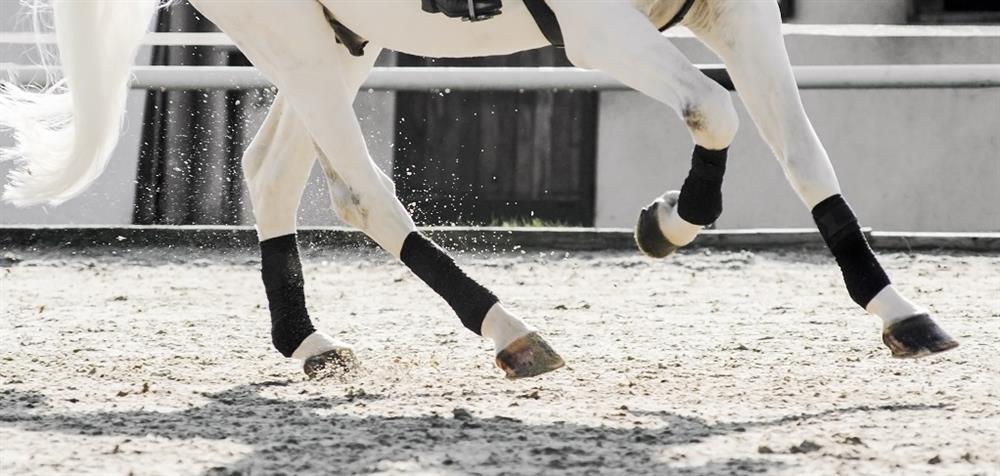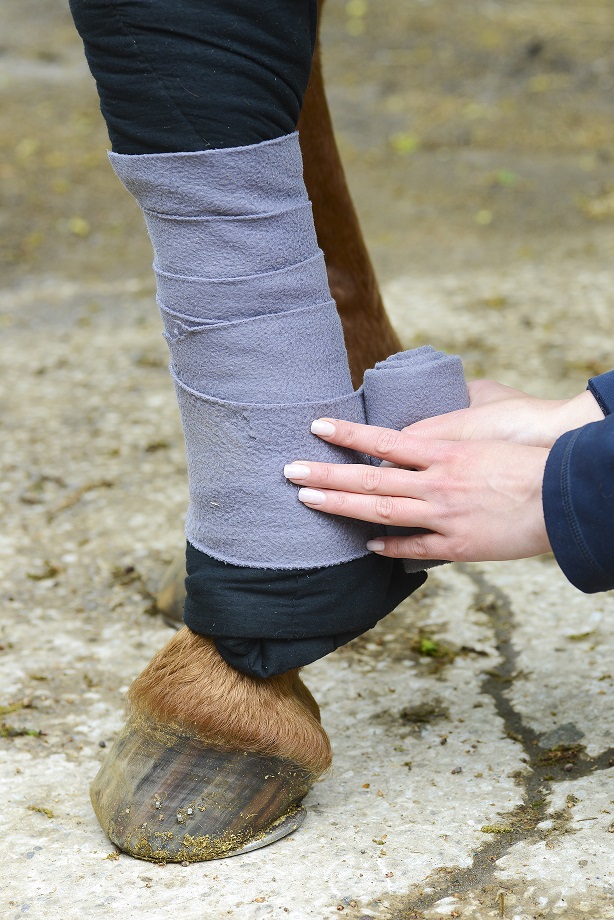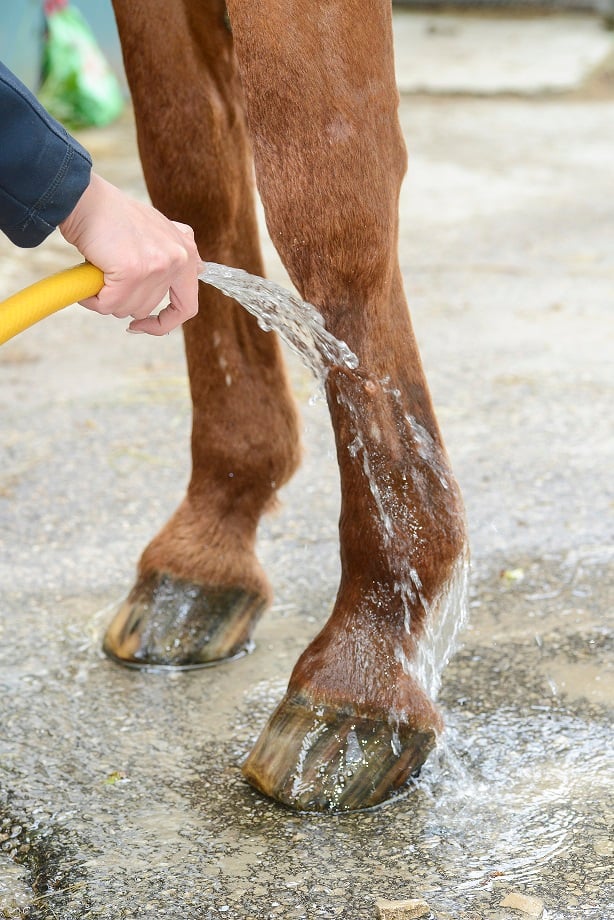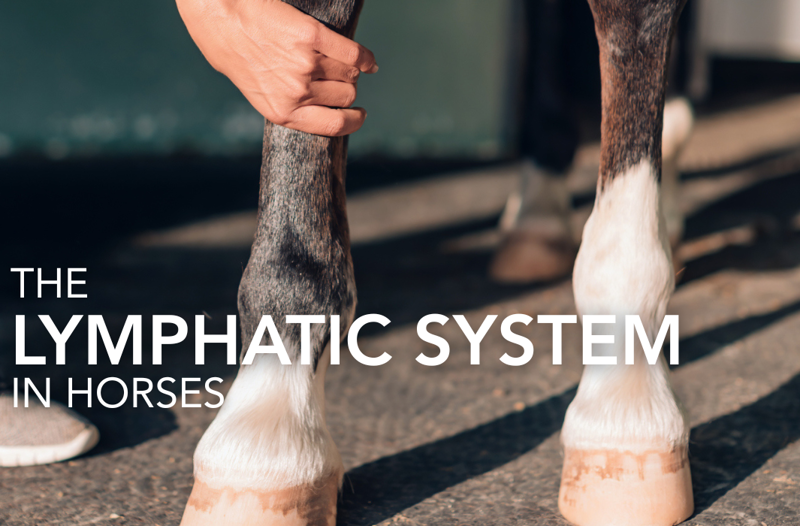What is the role of the lymphatic system in horses?
The lymphatic system helps to protect the horse from disease and infection and is part of the immune system. It does this by allowing drainage of fluid from the body’s tissues into the blood circulation, therefore allowing removal of cell waste products. It also contains white blood cells which combat infection, these are called lymphocytes.
The structure of the horse’s lymphatic system:
The lymphatic system is made up of an intricate network of delicate vessels which run alongside the horse’s arteries and veins. The vessels have incredibly fragile, fine walls and contain lymph fluid. Small valves prevent backflow and strategically placed lymphatic glands aid the drainage of fluid away from the limbs.
How the lymphatic system works in horses:
The lymphatic system is allied and linked to the circulatory system, but while the circulatory system relies on the heart to pump the blood through the vessels, the lymphatic system doesn’t have a pump and instead relies on movement of the muscles to move the fluid as the vessels are compressed. Fluid primarily flows from peripheral tissues towards the heart, and valves within the lymph vessels prevent its movement in the wrong direction.
Lymph fluid surrounds the body’s tissues, any extra fluid from the tissues drains into the lymph vessels and is filtered by lymph nodes which contain the lymphocytes that destroy anything that is harmful to the body. The lymph fluid containing the waste then drains back into the bloodstream to be removed from the body with other waste.

Understanding fluid balance in horses:
As well as its role in the immune system, the lymphatic system is also responsible for fluid balance in the body. As blood moves through the tiny capillaries buried deep in the muscles and tissues, fluid leaves the blood and moves into the spaces between the cells, carrying nutrients, oxygen and immune cells. Once in the tissues, it is referred to as interstitial fluid. This fluid is not only essential for carrying nutrients to the cells, but also for communication between cells and removing waste products. This fluid can then move into the lymphatic system from where it eventually rejoins the blood and metabolic and immune waste can be distributed to the relevant organs for removal.

What causes increased fluid retention or ‘fat legs’ in horses?
Lymph vessels are more permeable than blood vessels, and as such allow for more movement of fluid and molecules through their walls. Permeability tends to increase with age, and breed can also be a factor with draft breeds such as Shires, Clydesdales, Gypsy Vanners and cobs being more prone to problems with fluid balance, referred to as Chronic Progressive Lymphedema (CPL). Furthermore, because the lymphatic system relies on the movement of the muscles, if the horse is stabled the compressive effect of the contracting muscles is lacking, so fluid accumulation in the lower legs is likely to be exacerbated.
How to maintain a healthy lymphatic system in horses:
When thinking about supporting fluid balance in the horse, there are many important factors to consider:
-
Movement is an important factor, as a lack of it (i.e with box rest) often results in swelling due to the accumulation of lymph fluid.
-
Bandaging, cold hosing, and even magnetic bands have shown to help.
As lymph vessels are made up of connective tissue, good nutrition to support formation of critical components such as collagen can help maintain their integrity. Additionally, herbs such as clivers, marigold, ginko and nettle can also help maintain fluid balance and support the lymphatic system.

If you'd like to discuss your horse's lymphatic system with one of our Feedmark nutritional advisors then call on 0800 585525 or email [email protected]


